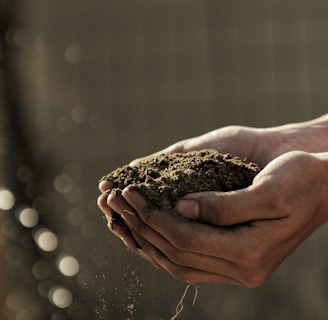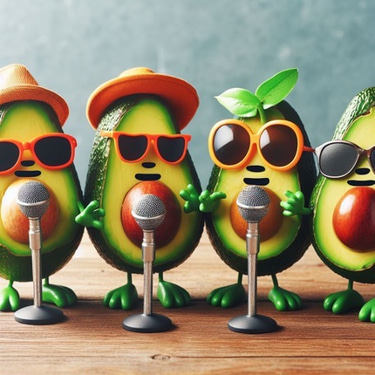Are California Soils Too Diverse? A Case for Spoon Feeding Your Trees
A Case for Spoon Feeding Your Trees


Are California Soils Too Diverse? A Case for Spoon Feeding Your Trees
John Cornell, Temecula grower
Being a commercial avocado grower for over 32 years, I’d thought I’d gathered a pretty good understanding of how avocados are grown and a lot of the do’s and don’ts of being a commercial grower. Boy was I wrong.
Over these past 32 years I’ve offered my land to the university of California for numerous research projects looking at a myriad of topics such as rootstock optimization, the effects of certain nutrients on tree physiology and the effect of light on tree growth and production. The most recent study which began last fall required the collection of 32 soil samples from 16 different locations and two different depths. Each of the 16 sampling locations collected two samples with the first from between 0 to 8 inches deep and the second from 8 to 16 inches deep. Most of these 16 locations were relatively close to each other ranging from as little as 12 to 48 feet apart.
Like many commercial growers, I’ve had numerous soil samples collected over the years but these samples were typically composite samples with numerous samples from within the grove collected and mixed to have a combined sample sent off for analysis. Given the costs involved and standard industry practices, I never considered collecting numerous samples, marking their locations and having each sample analyzed. While I understood that there are differences between soil compositions in different areas of my grove, I’d previously thought those differences were relatively small and unlikely to make a significant difference in the ways that I approached many of the tasks such as fertilization and water application in managing my trees. The results of these 32 samples significantly changed these preconceived ideas.
The first indication that something was different was in observing the roughly 1800 new trees that I’d planted last September. Thankfully most of these trees did well with a healthy looking canopy and significant growth however not all trees followed this pattern. For example, I scratched my head on many occasions when observing one of these newly planted trees doing poorly while the trees surrounding it were thriving. Since all these trees were planted at the same time and were the same cultivar grown on the same rootstock and received the same amount of water and fertilizer as all the surrounding trees, what was causing this tree to do poorly while all its neighbors were thriving?
For the most part these poorly trees were not in the same area although some areas clearly showed better results than others. Since all these trees were genetically identical and were treated identically, what was causing the difference?
A review of the soil sample analysis gave me these answers. Simply put, there are very significant differences between the composition of these samples not only by location but depth as well. For example, some locations revealed ample concentrations of phosphorous while others showed almost insignificant amounts.
What this taught me is that if you’re a California avocado grower, your trees are likely growing in a soil that is significantly different than its neighbors in many cases. When a tree is young with a smaller root system and planted in a spot deficient with some key nutrients, that young tree will suffer. As these same trees grow over time and their root systems expand, it’s likely that these newer roots will grow into other soils which may have the needed nutrients available which weren’t available when first planted.
The solution? Spoon feed your trees, especially when young, to insure that all of your trees are receiving the nutrients they need regardless of the nutrient status of the soil they are planted in. In my own case, I’ve installed four pumps with one dedicated to UAN 32 as a source of nitrogen, another dedicated to potassium thiosulfate as a source for potassium, a third dedicated to monoammonium phosphate as a source of phosphorous and a fourth dedicated to seaweed extract which is a source of numerous micronutrients and PGR’s that a healthy avocado tree needs. Every time the irrigation system is turned on, all four of these pumps are operating.
The idea of this approach is rooted in a concept revealed over one hundred years ago called Leibig’s law, sometimes called the law of the minimums. It essentially states that the productivity of any living organism is limited by the least available resource that organism needs at the time it needs it. In the case of an avocado tree, by always supplying the nutrients to the tree every time you irrigate, your practicing Leibig’s law. It’s that simple.
